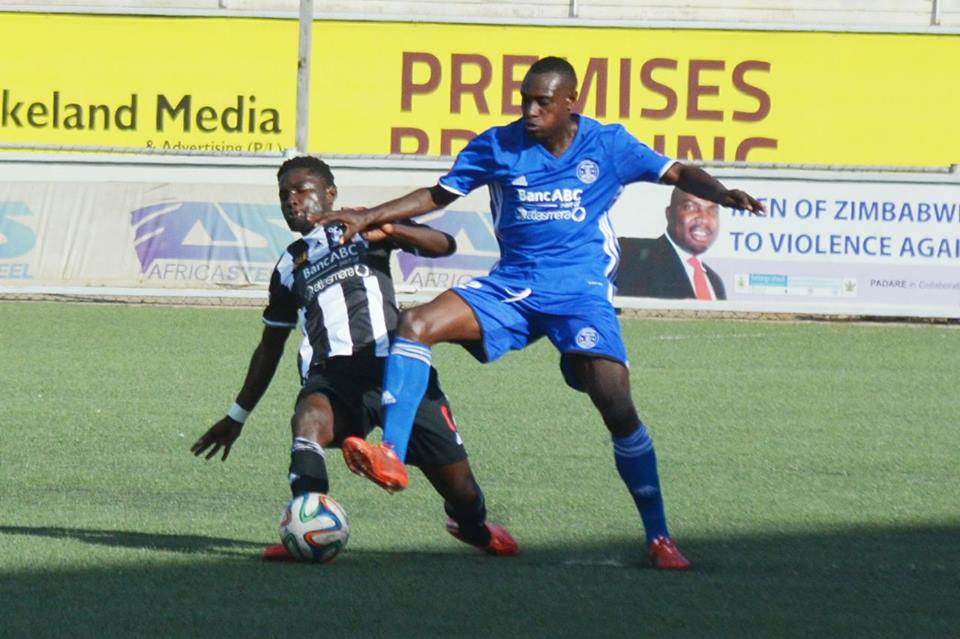
When Scottland FC burst onto the Premier Soccer League (PSL) scene in 2025, it wasn’t just another promotion story—it was a statement. Backed by ambitious funding, a strategic vision, and a hunger to disrupt the old order, Scottland FC has quickly positioned itself as a serious contender. But how does this rising club measure up against Zimbabwe’s traditional football powerhouses like Dynamos, Highlanders, FC Platinum, and Simba Bhora?
Let’s take a closer look.
Club Identity & Fan Base
Dynamos FC
Often called "Dembare," Dynamos is the most decorated club in Zimbabwean football, with a massive fan base and a deep history stretching back to 1963. Their identity is built on legacy, culture, and decades of domestic dominance.
Highlanders FC
Founded in 1926, Highlanders (Bosso) are giants of the south. Their fan base is among the most passionate and loyal in Africa. Highlanders’ football is synonymous with pride and tradition.
FC Platinum
A modern powerhouse, FC Platinum represents consistent performance and professionalism. They’ve dominated the league in recent years through strong structures and disciplined management.
Scottland FC
Unlike the legacy clubs, Scottland is new, bold, and unapologetically ambitious. While they lack a historical fan base, their investment-driven model and media buzz are quickly attracting followers. In just a year, they’ve made headlines—and enemies—for "trying to buy success." But isn't that what clubs like Manchester City and PSG once did?

Investment & Player Recruitment
Scottland has done what few others in Zimbabwe dared to: spend big and spend smart. The club has recruited high-quality players, including some from seasoned PSL sides like Simba Bhora, and provided facilities that rival top regional clubs.
This contrasts sharply with clubs like Highlanders and Dynamos, which often struggle with financial instability, delayed player payments, and lack of modern infrastructure.
FC Platinum, on the other hand, is perhaps the closest comparison to Scottland in terms of structure and resource backing, though their rise was more gradual and internally grown.
Management Philosophy
Scottland’s leadership is modeled around corporate strategy rather than traditional football management. Their focus on performance-based incentives, media branding, and aggressive marketing is refreshing in Zimbabwe’s generally conservative football landscape.
Older clubs like Dynamos and Highlanders still wrestle with boardroom conflicts and internal politics. These off-pitch issues often affect on-pitch performance—a problem Scottland has mostly avoided (for now).
Performance and Pressure
It’s one thing to build hype; it’s another to deliver results. Scottland has started strong, but football fans in Zimbabwe are not easily impressed by flashy signings. They want silverware. And until Scottland wins the league or a major cup, critics will continue to question whether they’re a “real club” or just a well-funded experiment.
That said, if their current form continues, Scottland could realistically challenge for the PSL title in their debut season—something very few clubs have achieved.

Community & Culture
One area where Scottland still lags is in grassroots connection. While clubs like Highlanders and Dynamos are deeply rooted in their local communities, Scottland’s rise is seen as elite and commercially driven. For long-term success, they must build emotional connections, especially in rural and working-class fan zones.
Programs like youth academies, community clinics, and school outreach will be key if they want to build loyalty that money can’t buy.
Disruptor or Long-Term Contender?
Scottland FC may be young, but they’ve already changed the conversation. Their arrival has forced traditional clubs to rethink their approach, pushed the media to widen its coverage, and brought new excitement to Zimbabwean football.
Are they here to stay? Only time will tell. But one thing is certain: Scottland FC has already shaken the foundations of Zimbabwe’s football hierarchy, and if they continue on this path, they might not just be a disruptor—they could become the next dynasty.
What do you think? Can money buy legacy, or will the old giants rise again? Join the conversation on our social platforms.


You must be logged in to post a comment.